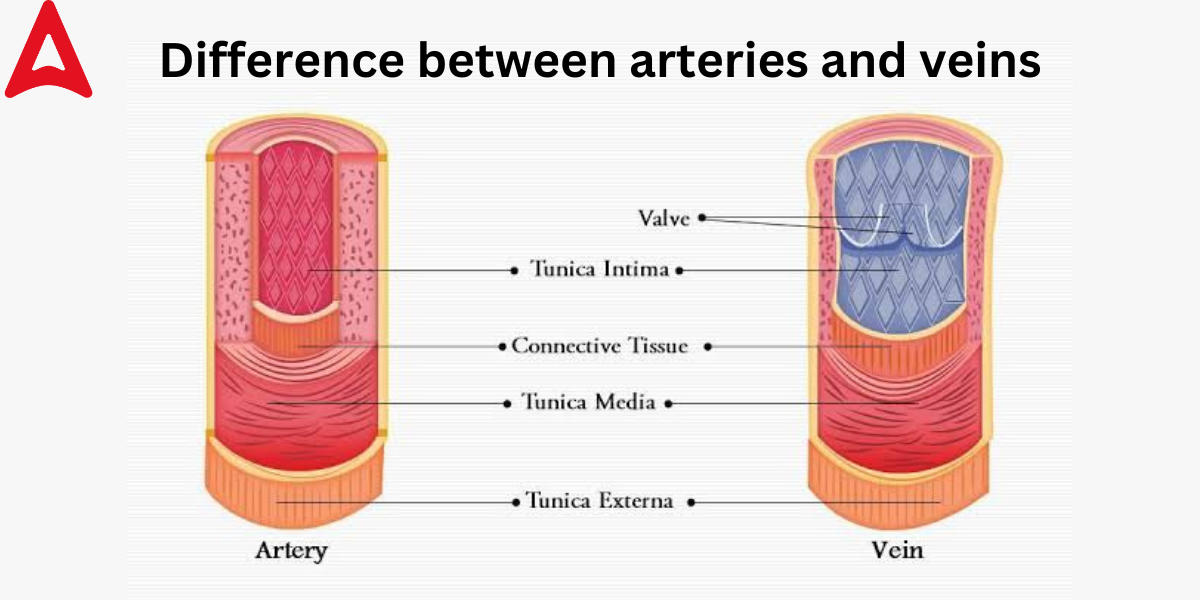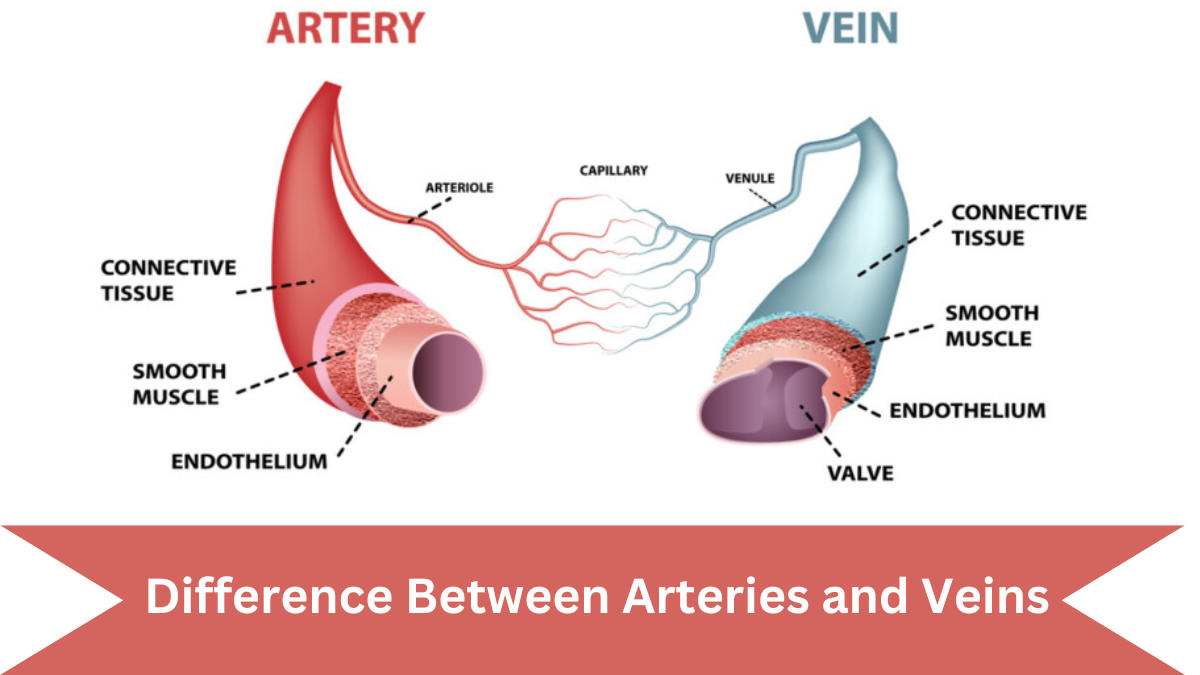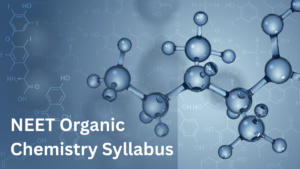Table of Contents
In the human blood circulation system, arteries, and veins play a very crucial role as these two blood vessels convey blood throughout the body, Students very often face difficulty in finding out the difference between arteries and veins. To Understand the Workings of the heart and blood circulation, it is undoubtedly crucial to know the difference between arteries and veins. The primary difference between arteries and veins is that arteries transport oxygen-rich blood from the heart to the body’s other organs. Veins, on the other hand, are blood channels that return low-oxygen blood to the heart from different sections of the body. In this article, we are going to know the difference Between arteries and veins.
Difference Between Arteries and Veins Definition
Blood vessels, such as arteries and veins, are in charge of carrying blood throughout the body. Blood vessels’ main role is to transport blood around the body. Blood vessels primarily come in three different types: arteries, veins, and capillaries. Capillaries can be distinguished visually from arteries or veins. However, with normal vision, you are unable to tell the difference between arteries and veins.

We need to start with the definitions before delving into the difference between arteries and veins.
What are Arteries?
The artery is a type of blood vessel that transports blood away from the heart and branches into smaller vessels. Finally, the smallest arteries branch off into small capillaries, where all nutrients, gases, and other waste molecules are exchanged. While the heart contracts, arteries transport oxygenated blood from the heart to the rest of the body and supply pure blood to the cells. The Aorta is the biggest artery in the body, carrying blood from the heart to the organs. The Pulmonary Artery is an artery that differs from the others in that it attaches to the right ventricles and carries low-oxygen blood to the lungs.
What are Veins?
Veins are another type of vital blood vessel found within the body. Veins are blood veins that carry blood from different regions of the body to the heart. Veins do not begin in the human body’s heart. The capillaries are the veins’ starting points in the body. Small venules are formed from the small capillaries and transport blood from the capillaries to the larger veins. The superior and inferior vena cava are the largest veins in the human body, draining directly into the right atrium of the heart. Furthermore, with the exception of the pulmonary and umbilical veins, they carry deoxygenated blood from the organ to the heart.
Diagram of Arteries and veins
It is close to impossible to say the difference between arteries and veins with the naked eye. But If we Examine the T.S of both arteries and veins under the microscope, we can find differences between arteries and veins. Every artery and vein has three layers. The tunica intima is the innermost layer. The tunica media is the muscular middle layer, and the tunica externa. The Artery contains three different sorts of layers, all of which are highly muscular. They are also quite stiff and substantially thicker. There are three separate layers present in the Vein as well. These are thinner and less muscular than the Artery’s walls.

Difference Between Arteries and Veins Structure
The arteries and veins of the circulatory system are two separate kinds of blood vessels that make up an approximately 70, 000-mile-long network and serve a variety of functions in the movement of blood throughout the body. Let’s now examine the difference between arteries and veins in more detail.
| Difference between arteries and veins | ||
| Point of Difference | Arteries | Veins |
| Originates from | Heart | organs or blood capillaries in the body |
| Blood Type | Transports oxygenated blood | transports de-oxygenated blood |
| Direction of blood Flow | Arteries transport oxygenated blood from the heart to the rest of the body (Except pulmonary arteries) | Veins transport less oxygenated blood from the body to the heart. |
| Appearance | Red | Blue |
| Walls | The wall of arteries is considerably thicker, more stiff, and extremely muscular. | In comparison to artery walls, vein walls are thinner and less muscular. |
| Elasticity | The walls of arteries are elastic. | The walls of veins are elastic. |
| Pressure | High blood pressure, caused by the heart’s pumping pressure. | Low pressure because blood moves via veins by capillary action. |
| Location | It is deep within the human body. | As seen from the side, closer to the skin’s surface. |
| Pulmonary vessel | Deoxygenated blood is carried by the pulmonary artery. | The pulmonary vein carries oxygenated blood. |
| Valves | No Valves are Present. | Valves are Present. |
| Lumen | The lumen in the arteries is extremely narrow. | The lumen of the veins is extremely broad. |



 VITEEE Admit Card 2025 Out Today, Downlo...
VITEEE Admit Card 2025 Out Today, Downlo...
 NEET Organic Chemistry Syllabus 2025, Ch...
NEET Organic Chemistry Syllabus 2025, Ch...
 NTA NEET Exam Date 2025 OUT, Exam Timing...
NTA NEET Exam Date 2025 OUT, Exam Timing...

